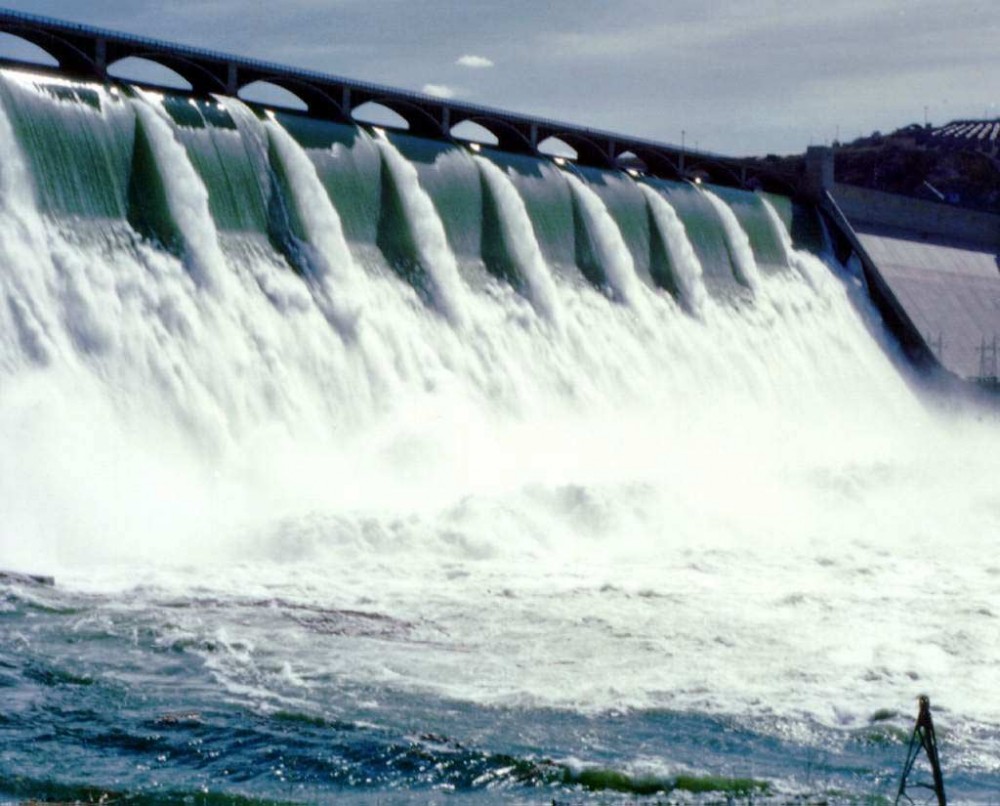Ngoulmendjim Hydroelectric Project in Gabon has entered the financial mobilization phase after Asokh Energy, a consortium comprising the French conglomerate Eranove Group and Gabonese Fund for Strategic Investments (FGIS) through its subsidiary Gabon Power Company (GPC), signed mandates for fundraising over US$ 340M for the implementation of the project.
The mandates were signed with African Development Bank (AfDB), a multilateral development finance institution headquartered in Abidjan, Ivory Coast, and the British Standard Chartered Bank (SCB), a British multinational banking and financial services company headquartered in London, England.
Financing of Ngoulmendjim Hydroelectric Project
Also Read: Booué and Tséngué-Lélédi hydroelectric projects plan, Gabon, advancing
Under the mandates, AfDB will have the role of arranging the transaction while SCB will carry out the financial structuring of the project. Overall, the two parties are responsible for identifying the partners who will participate in the financing of the hydroelectric power plant, and for processing the file with the aim of signing the credit agreements and starting work on the ground.
According to Marc Albérola, the Director and CEO of Eranove Group, the signing of these mandates is a significant step towards the effective financing of the Ngoulmendjim Hydroelectric Project, which “meets the best international standards in the environmental, social and societal fields, as confirmed by the independent assessment carried out with the ESG tool (environmental, social and governance criteria) of the International Hydropower Association (IHA).”
An overview of the Ngoulmendjim Hydroelectric Project
The project is located on the Komo River, in the heart of the Estuary province, approximately 125 km from Libreville. It includes the construction of a dam with a crest width of 635 meters and a maximum height of 38.5 meters to form a reservoir with a surface area in excess of 30 square kilometers.
Three Pelton turbines will be installed and they are expected to generate 82 megawatts of electricity for an annual production of 550 GWh. The energy will be transmitted from the power station via a new 225kV transmission line, measuring 135 kilometers long, to a location where the electricity will enter the national grid.

Leave a Reply